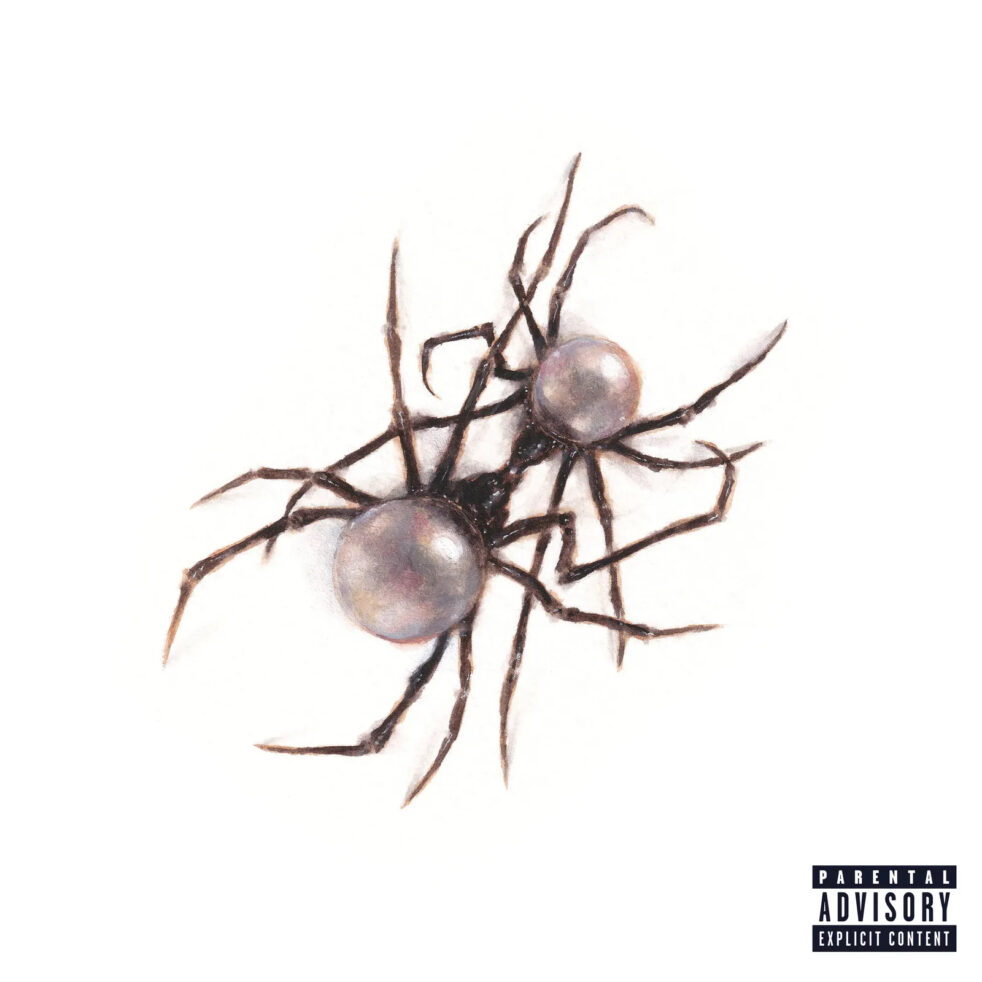After the incredible success of her albums “Hot Pink” (2019) and “Planet Her” (2021), fans were itching to see what pop icon Doja Cat would release with her fourth studio album. Doja Cat, however, took an entirely different approach with “Scarlet” (2023), focusing on a much darker aesthetic and announcing to the world, “No more pop.”
Leading up to the release of the album, Doja Cat took to X (formerly called Twitter) provoking fans with false rumors and online trolling, which led her to fame in the first place with “MOOO!” Doja Cat rejected her fans’ proclamations of love, claimed her old music was just a cash grab and explained (in three different instances) that her new studio album would be hardcore rap, experimental jazz and 1990s German rave music.
The “Scarlet” album cover features two pearlescent spiders — the beginning of the album’s spooky imagery. In the music video for her leading track, “Paint the Town Red,” Doja Cat donned devil horns, held slabs of raw meat and danced with the Grim Reaper. She continued the aesthetic outside album rollout — from an Illuminati themed 27th birthday to a red Swarovski crystal look at Paris Fashion Week.
Doja Cat’s darker aesthetic was the target of criticism from many that claimed she had sold her soul to the devil or otherwise succumbed to Satanism. Doja Cat, not one to be out-trolled, embraced this with the release of her second single “Demons,” saying, “how my demons look/ now that you bitches shook” and “how my demons look/now that my pockets full?” Even with (or maybe because of) the controversies surrounding Doja’s behavior on X and potential devilish associations, the singles each received chart-topping status.
However, despite teasing an album different from anything
she had ever released, outside of its visual aesthetic, “Scarlet” is a lot of the same. As a response to those that called her previous rap verses “corny,” Doja attempted to create an album centered around the genre, as a sort of counterpart to her previous “Planet Her.”
The album starts strong with her leading singles “Paint the Town Red” and “Demons,” each of which capture Doja’s new aesthetic in a catchy way that diverges from her previous albums. Track 3, “Wet Vagina,” has an undeniable flow to it that Doja loses in some of the other tracks. She succeeds in songs like “Gun,” which although good, do not break the mold that she established in “Planet Her.” With 17 tracks, the album meanders, looking for something to say but lacking the direction needed to say it.
Where Doja succeeds is in creating internet phenomena — first with her initial rise to fame and now with “Scarlet.” Except, while it skyrocketed her to stardom with “MOOO!”, it acted as a detriment with this album. After shrouding herself in controversy
and surrounding the album with confusion, Doja Cat created a set of expectations around “Scarlet” that was not met.
The sharp genre shift would be a learning curve for even the most experienced of artists, and the growing pains are definitely evident within the album.
While Doja Cat’s shift to a darker aesthetic and genre experimentation with “Scarlet” created a whirlwind of controversy and anticipation, the album ultimately fell short of the expectations it generated.
